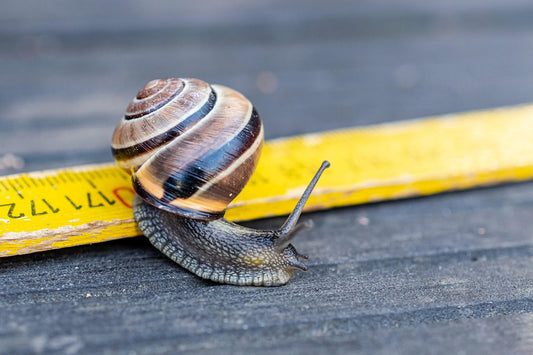There is a fairly common misconception I run into when speaking with customers, particularly at shows.
"Is my amp going to draw too much power from the wall or a Power Plant?" It's a good question and it's easy to get confused about it.
Let's imagine you have a 500 watt per channel power amp. Well, naturally you'd figure it might take up to 1000 watts from the wall. Right? And if you someday upgraded your power amp to one that has a whopping 800 watts per channel, that figure could go up to 1600 watts! That's a lot of power.
So how much are you actually using, and what's the limiting factor? It all depends on your speakers. A 100 watt power amplifier will output the same wattage as an 800 watt amplifier when powering the same speakers and playing the same music. So you could connect a zillion watt amp up to your speakers and still, they'd just hum along taking whatever they needed and nothing more.
So the first thing I ask people when they question me on a Power Plant's ability to handle a big amplifier's load is "what's the efficiency of your loudspeakers?" A low efficiency number, somewhere down in the 85 to to 88dB range, is going to take a lot more power from an amplifier than a 90dB or even a higher 92dB efficient speaker. The efficiency rating on your loudspeakers, and the type of music you listen to, will determine how much power your amplifier outputs.
So why do we bother with bigger amps? Because the worst thing you can do is under power your speakers or, more realistically, get the amplifier's output close to its maximum rating. Amps should work at a comfortable level to them. a 100 watt amp straining to put out close to its maximum won't sound as good as the exact same wattage output from a much larger amplifier.
It's called headroom, a term I am sure you're familiar with. More is better, but it doesn't take more juice out of the wall of the Power Plant to have it.








